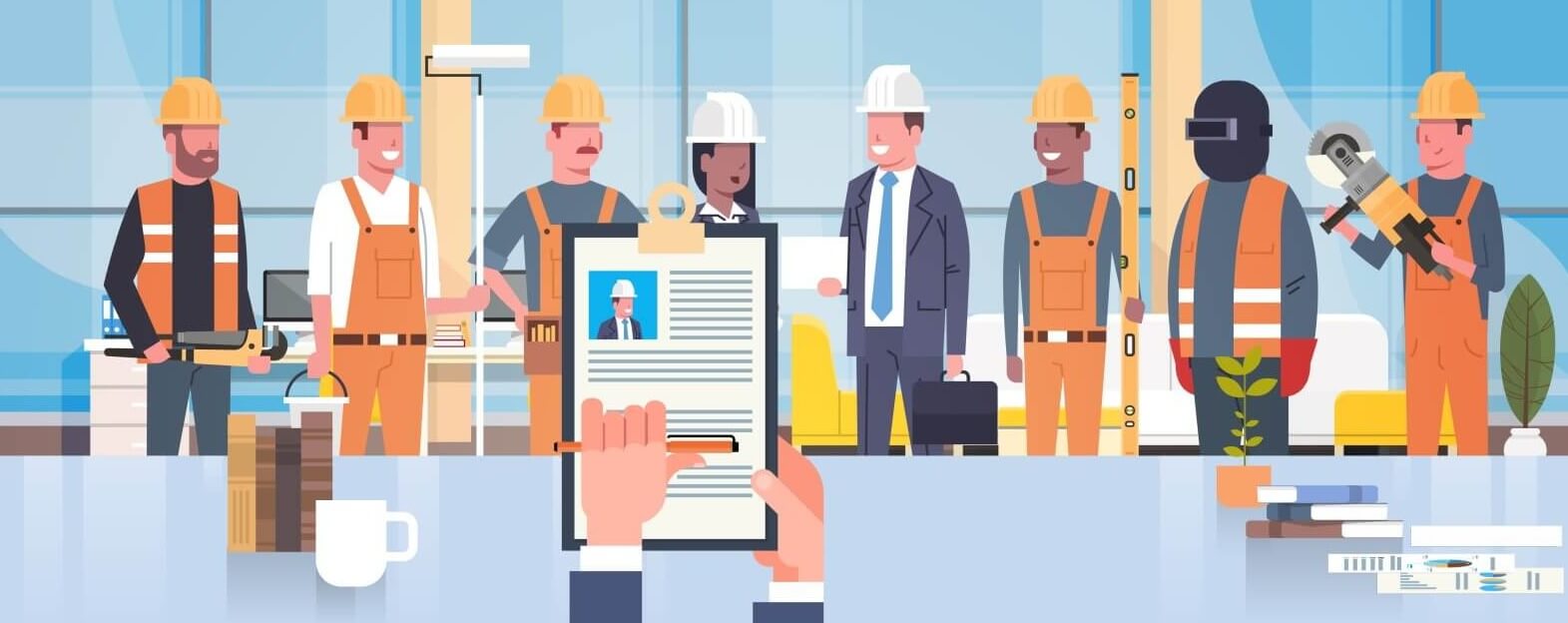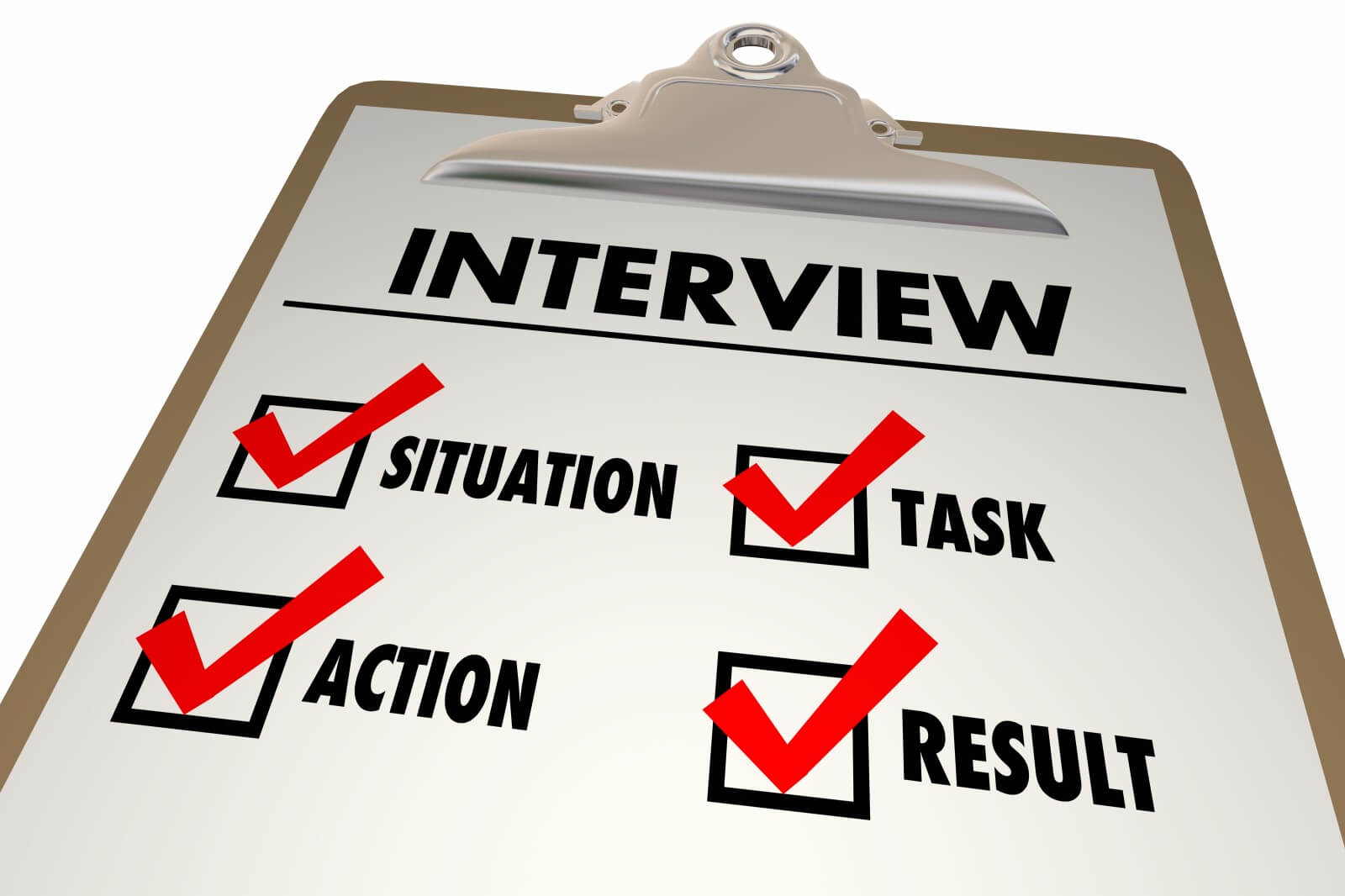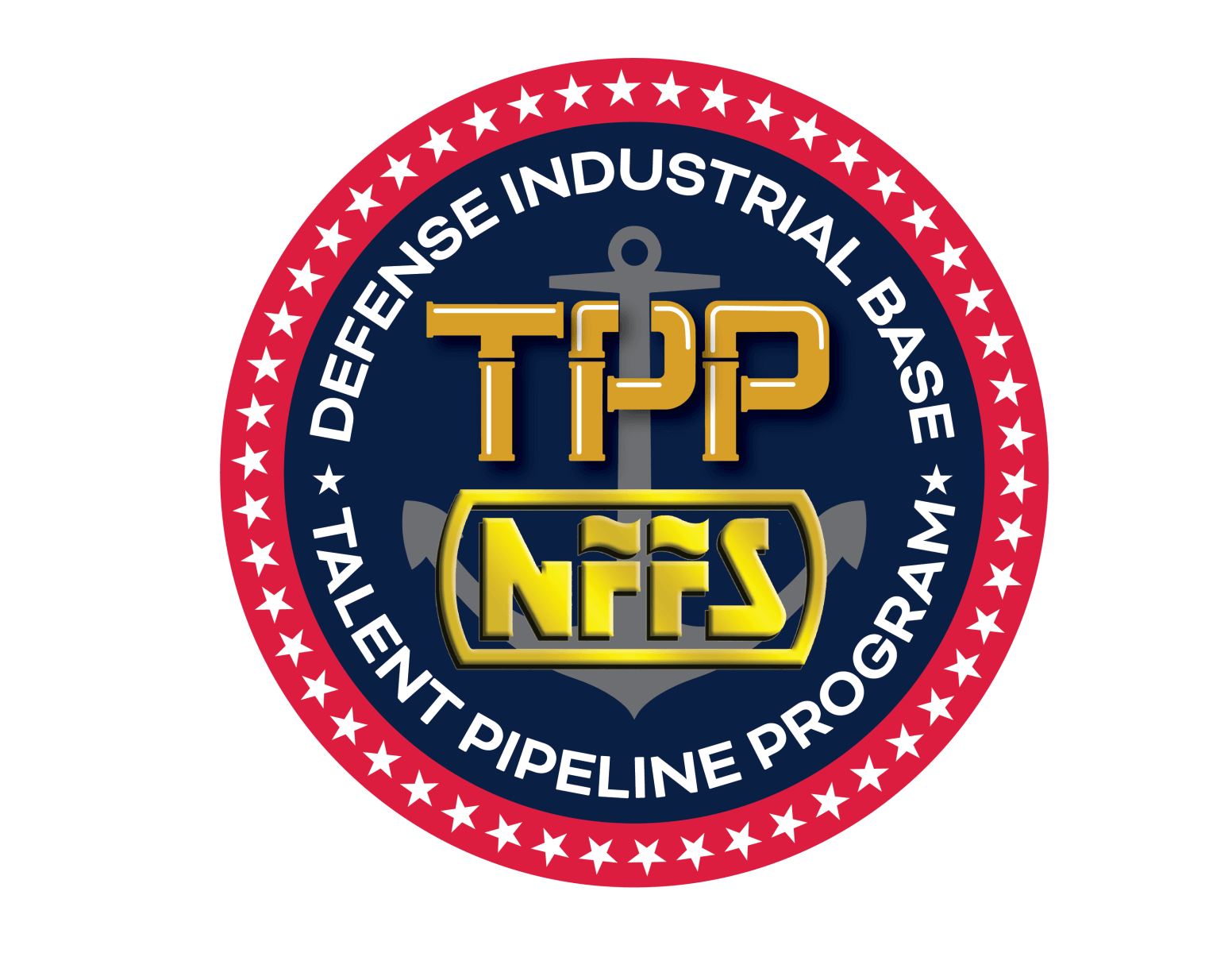Asking the Right Interview Questions
 How to Use Behavioral-Based Fit Interviews
How to Use Behavioral-Based Fit Interviews
to Hire the Right People
Hiring the right person for your team isn’t just about finding someone with the right technical skills. It’s about finding someone who will thrive in your organization—someone whose values, work style, and personality align with your company culture. That’s where behavioral-based fit interviews come in.
These interviews go beyond traditional Q&A sessions. Instead of asking candidates hypothetical questions, they focus on real examples from past experiences. Why? Because research shows that past behavior is the best predictor of future performance. By asking candidates to share what they have actually done in previous roles, you gain insight into how they might behave in similar situations in your organization.
What Makes Behavioral-Based Interviews So Effective?
Traditional interviews often ask theoretical questions such as, “How would you handle a conflict?” The problem with these questions is that almost anyone can give a polished answer in theory. Behavioral interviews, on the other hand, take a different approach. They might ask, “Tell me about a time you had a conflict with a coworker. How did you resolve it?”
This small shift creates a big difference in the quality of information you receive. Real-life examples show you how a candidate thinks, how they solve problems, and how they interact with others when the pressure is on. They also help you see if the person’s natural approach to challenges fits your company’s values and expectations. Instead of guessing, you are basing your hiring decision on evidence.
Why Cultural Fit Matters as Much as Skills
Technical expertise can often be taught, but cultural misalignment can be costly. A candidate who has the right skills but does not fit your organization’s values or working style may struggle to succeed—and that can lead to disengagement, friction within teams, and eventually turnover.
Behavioral-based interviews help you evaluate cultural fit as much as capability. By asking about past behavior, you learn how a candidate adapts to change, collaborates with others, and makes decisions under pressure. You also get a sense of what values guide their actions and whether those values align with your company’s mission. This insight is critical because when people fit your culture, they not only perform better but also tend to stay longer and contribute to a stronger, more cohesive work environment.
How the STAR Method Improves Responses
 One of the challenges with behavioral interviews is ensuring candidates give enough detail in their responses. This is where the STAR method comes in. STAR stands for Situation, Task, Action, and Result.
One of the challenges with behavioral interviews is ensuring candidates give enough detail in their responses. This is where the STAR method comes in. STAR stands for Situation, Task, Action, and Result.
Candidates start by describing the Situation, which gives you context for the story they are about to tell. Next, they explain the Task, or the challenge they were responsible for addressing. Then they walk through the Action they took—this is the most important part because it shows their problem-solving process. Finally, they share the Result and what they learned from the experience.
When candidates answer questions using the STAR method, you get a structured and complete response that makes it easier to evaluate their thinking and decision-making.
Examples of Behavioral-Based Fit Interview Questions
If you want to make behavioral interviews part of your process, here are some examples of the types of questions that work well. For teamwork and collaboration, you might ask, “Tell me about a time when you worked closely with someone whose style was very different from yours. How did you handle it?” This question helps you understand how adaptable and collaborative the candidate is.
For problem-solving and adaptability, you can ask, “Share an example of a significant challenge you faced at work and how you solved it.” This question shows how resourceful the candidate is under pressure.
When you want to evaluate communication and conflict resolution skills, a good question is, “Describe a time you had a disagreement with a colleague. How did you resolve it?” Finally, for leadership and cultural fit, you might ask, “Tell me about a time when you made a difficult decision because it aligned with company values. What happened?”
Notice that all of these questions require the candidate to go beyond theory and share what they have done in real situations. That’s what makes them powerful.
Tips for Conducting Successful Behavioral Interviews
To get the best results from behavioral interviews, consistency is key. Make sure you ask the same core questions to every candidate for a given role so you can make fair comparisons. As you listen to responses, don’t stop at the first answer—probe deeper with follow-up questions such as, “What was your thought process?” or “What would you do differently next time?” These follow-ups often reveal the most valuable insights about how a candidate works.
It’s also important to pay attention to patterns across the candidate’s answers. Are they consistently demonstrating adaptability, accountability, and collaboration? Or do you see red flags, such as avoiding responsibility or struggling to work with others? Patterns matter more than one-off examples.
Common Mistakes to Avoid
One of the biggest mistakes interviewers make is relying too much on hypothetical questions. These don’t give you the evidence you need. Another common mistake is skipping cultural fit questions and focusing only on technical skills. Even the most skilled person may not thrive in your environment if they do not share your values or working style. Finally, don’t rush through follow-ups. The first answer is rarely the full story, and deeper questions often uncover qualities you might otherwise miss.
Final Thoughts
Behavioral-based fit interviews help you go beyond a resume and uncover the qualities that truly make someone successful in your organization. They reveal how candidates have responded to real-world challenges—something no hypothetical question can match.
At NFFS, Behavioral-Based Fit Interviews are an essential tool within the Talent Pipe line Program. They help foundries not just fill open positions but build sustainable workforce pipelines for the future. When you use this approach, you are investing in people who can grow with your company and contribute to your long-term success. Please contact Bill Padnos, Director of Workforce Development, for more information or additional assistance.
